Berries are one of the most popular fruits around and can be found in a variety of cuisines. Aside from their distinct flavor and color, they’re well-known for their nutritional profile, particularly antioxidants that can help fight free radicals and manage inflammation.
You’ve most likely eaten strawberries, blueberries and blackberries in different ways in the past. While these are standard choices when it comes to berries, there are lesser-known berries that also deserve recognition. One such example is lingonberry.
What Is Lingonberry?
Originating in Scandinavia, lingonberry, aka cowberry, foxberry and mountain/rock cranberry, is classified as an evergreen shrub.
As per The Center for Agriculture, Food and the Environment at the University of Massachusetts, Amherst, the plant grows up to 12 to 18 inches high, with small and pinkish flowers that appear in clusters at the tips of 1-year-old wood.
As for the fruits, they typically appear in May and ripen in July. A second crop may ripen in October, which typically yields larger fruits because of the cooler weather. Figuring greatly in Scandinavian culture, lingonberry has been harvested for hundreds of years. It is also an economically important fruit. Statistics show that Swedish farmers are able to harvest between 2.5 tons and 8.9 tons of lingonberries per hectare annually.
So what exactly makes lingonberries special? As it turns out, this fruit has several qualities that may grab your attention.
Potential Health Benefits of Lingonberry
As with other berries, lingonberry has been studied with the intent of finding potential health benefits. Research has shown that it may help with the following areas:
- Boosting antioxidant profile —Researchers have identified certain antioxidants in lingonberries that may benefit your health. Chief among them include proanthocyanidins (63% to 71%), as well as anthocyanins, hydroxycinnamic acid, hydroxybenzoic acids and various flavonols. One study reports that antioxidants in lingonberry extract may induce apoptosis of human leukemia HL-60 cells in a dose-dependent manner.
- Managing inflammation —Studies indicate that lingonberries are rich in proanthocyanidins (PAC), compounds that may help fight inflammation. In particular, wild Alaskan lowbush cranberry (a type of lingonberry found in the U.S.) has been found to have twice the PAC content than commercial cranberry.
- Reducing urinary tract infections (UTI) —Lingonberry is related to cranberry, which may give it the same UTI-fighting properties. In a study published in the British Medical Journal, researchers noted that those who drank a combination of lingonberry and cranberry juice had reduced recurrences of urinary tract infections. However, note that more extensive trials will be needed to help establish the ability of lingonberry to solely fight UTI without the need for cranberry.
- Managing weight, blood sugar and insulin —In a study published in the Journal of Nutrition and Metabolism, researchers surmised that lingonberry may help reduce weight gain as well as prevent adiposity, hepatic lipid accumulation, alleviated hyperglycemia and hyperinsulinemia, as evidenced by mice test subjects.
- Eliminating bacteria —Clinical experiments performed on the tannins of lingonberry were discovered to have antimicrobial properties. In particular, the tannins helped fight bacterial strains related to oral health.
- Helping reduce risk of cancer —Research published in the Journal of Agricultural and Food Chemistry indicate that procyanidins found in lingonberry may help fight human cervical cancer and colon cells.
Different Uses of Lingonberry
Lingonberry figures heavily in Swedish cuisine and is seen in staple dishes such as köttbullar (meatballs), kåldomar (stuffed cabbage rolls) and raggmunk (potato pancakes). However, it’s also possible to eat it by itself, if you prefer. In addition, lingonberry has several cultivars depending on the application. Here are some well-known choices:
- Balsgard —This variety is known for its large size and excellent taste.
- Ida —This variety is known for yielding large berries.
- Koralle —This is a moderate- to high-yielding berry known for its tangy flavor. It is also grown as an ornamental in the United States.
- Red Pearl —Although it’s low-yielding, it’s widely used because of its strong pollinizing properties.
- Regal —A low-yielding cultivar that is mainly used as an ornamental.
- Sussi —This is another ornamental that’s widely used as a pollinator.
Nutrition Facts About Lingonberry
Just like its fellow berries, lingonberry has a diverse nutritional profile. It contains generous amounts of vitamins A and C, as well as fiber, calcium, magnesium, potassium and phosphorus. Lingonberry also contains numerous antioxidants, as previously mentioned. The U.S. Department of Agriculture currently has no available nutritional facts for fresh lingonberries. However, you can check the data below from FatSecret to get a better idea of the nutrients you’ll get when you eat a 100-gram (3.5 ounces) serving of this fruit:
LingonberryServing Size: 100 grams |
||
| Amt. Per Serving |
% Daily Value* |
|
| Calories | 50 kcal | |
| Calories from Fat | ||
| Total Fat | 0.34 g | |
| Saturated Fat | 0.021 g | |
| Trans Fat | 0 g | |
| Cholesterol | 0 mg | |
| Sodium | 1 mg | |
| Total Carbohydrates | 11.3 g | |
| Dietary Fiber | 2.5 g | |
| Sugar | 5.74 g | |
| Protein | 0.75 g | |
| Vitamin A | 2% | |
| Calcium | 3% | |
| Vitamin A6 mcg | Vitamin C | 30 µg |
| Calcium14 mg | Iron | 0.35 mg |
Take note, however, that lingonberry contains fructose and should be consumed in moderation because it may be harmful to your health in excessive amounts. You must also closely monitor your carbohydrate consumption, especially if you’re following a ketogenic diet. Consuming too many lingonberries can suddenly throw you off ketosis.
Go Ahead and Give Lingonberry a Try
Lingonberry is an uncommon sight in the United States, but if you can find it, it’s well worth a try. The potential health benefits alone — brought on by its impressive antioxidant and nutritional profile — should convince you to add lingonberry to your diet (but in moderate servings due to its sugar content). Lingonberry can also be an asset if you grow it in your garden, as it’s not just a food source, but also a pollinizer and an ornament.
Frequently Asked Questions About Lingonberry
- What do lingonberries taste like?
- Lingonberries are described as having a sour, tart flavor.
- What is lingonberry good for?
- Research suggests that lingonberry may have strong antioxidant properties, as well as qualities for managing inflammation and fighting urinary tract infections.
- Where do lingonberries grow?
- Lingonberries are native to the woodlands of Sweden, but you can grow them in your own backyard as well.

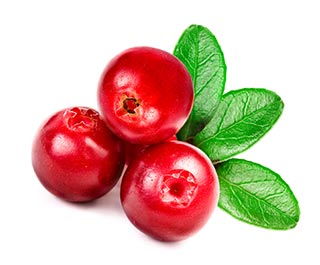
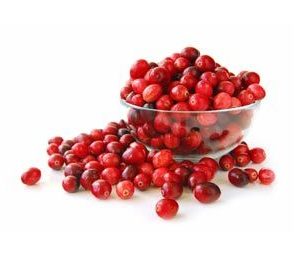
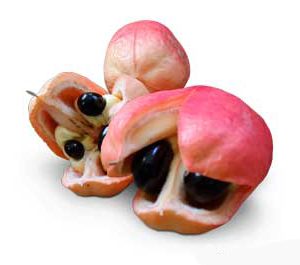
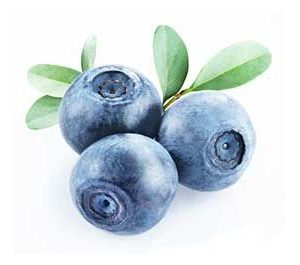
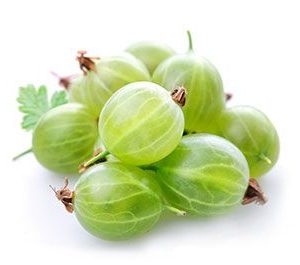
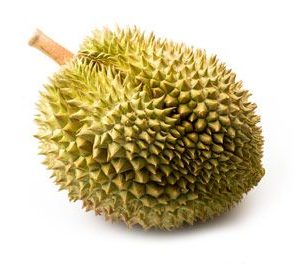
Reviews
There are no reviews yet.